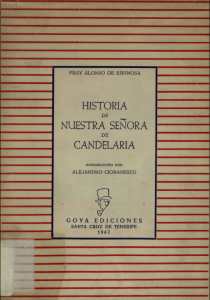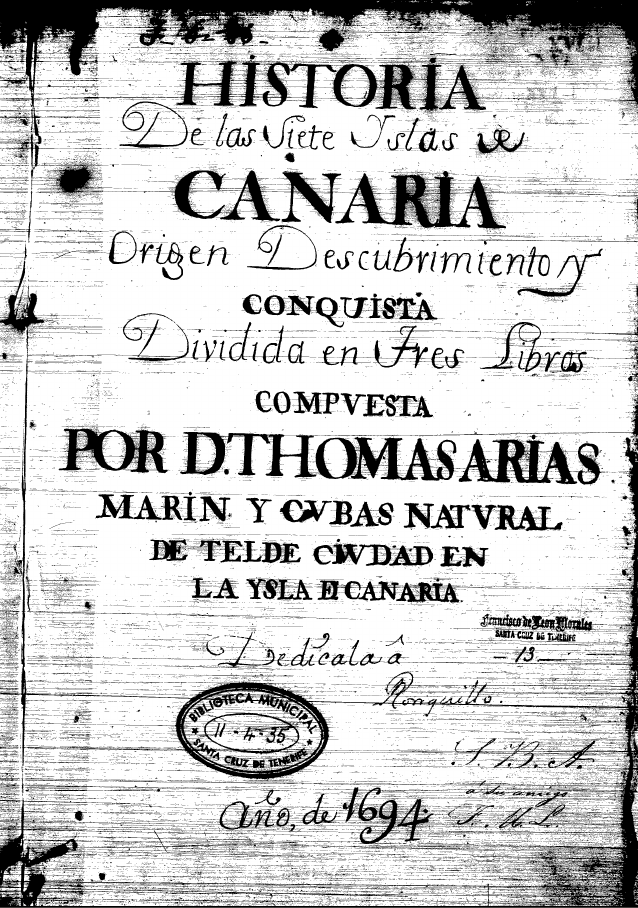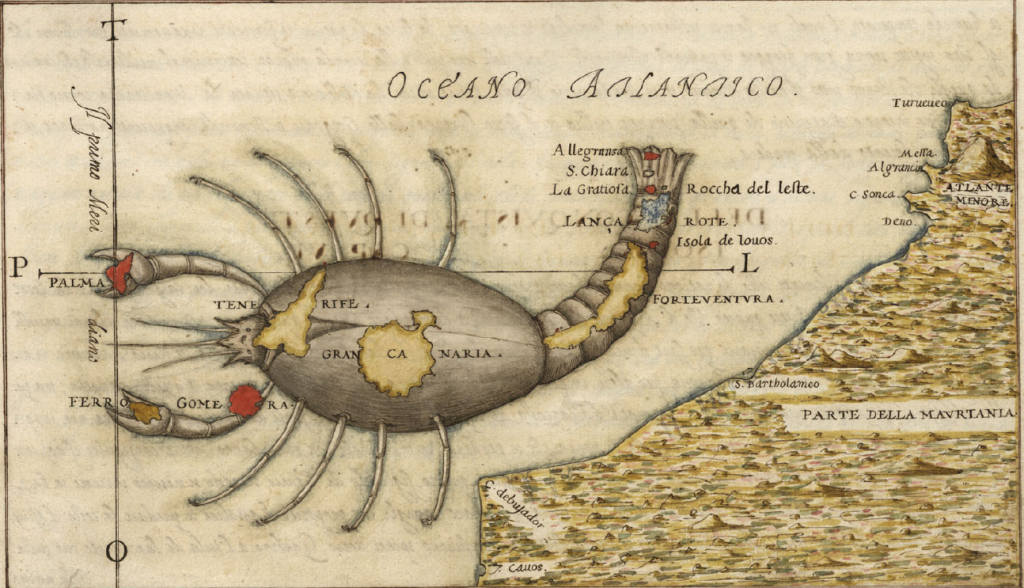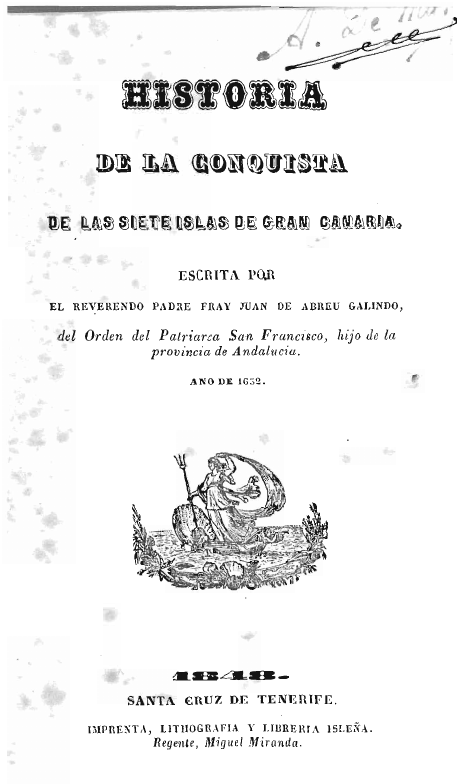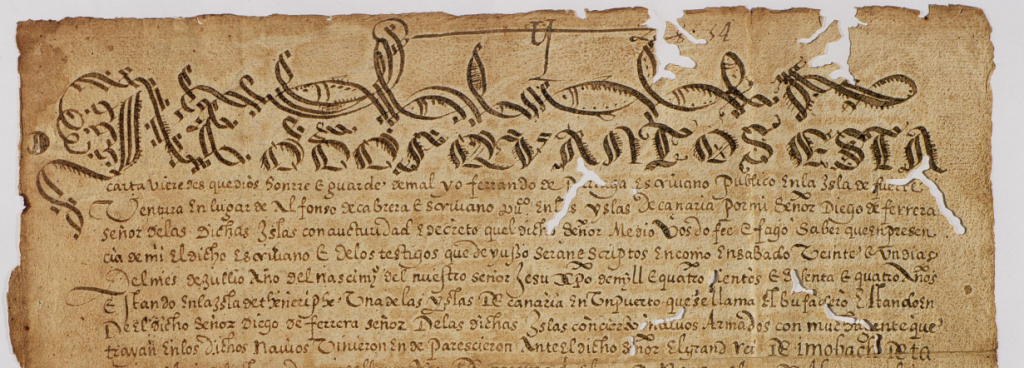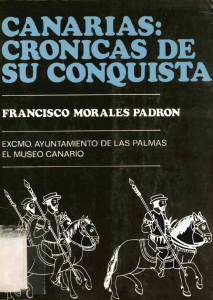The Essentials (VI): History of Our Lady of Candelaria
This is what on the customs of the natives, with great difficulty and labor, I have could acquire and understand; for them old guanches are so shortsighted and crouched that if they know them, they do not want to tell about them, thinking that divulging them is to lessen their nation.
Brother Alonso de Espinosa (On the origin and miracles of the Holy Statue of Our Lady of Candelaria […] (1594), Book I, Chapter IX – This translation by PROYECTO TARHA)
In the absence of a chronicle specific to the conquest of Tenerife, the work of the Dominican friar Alonso de Espinosa (Alcalá de Henares, 1543 – c. 1600) can be regarded as the first written history on the island of Mount Teide, as well as the second book went to press devoted to the Canary Islands.[1]The first printed book dealing with the Archipelago dates back to 1583 and is titled A Pleasant Description of the Fortunate Ilandes, being its author the English merchantman Thomas Nichols.

